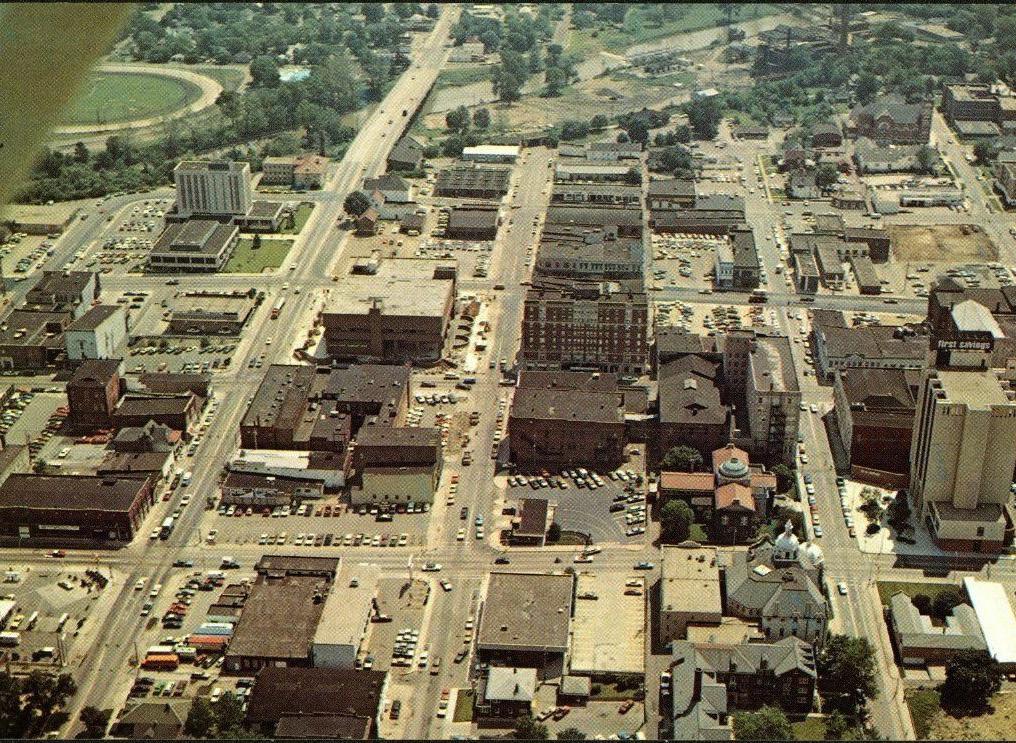
2 minute read
The High Cost of Convenience: Understanding
Food Deserts
DESCRIPTION:
Advertisement
The continued urbanization and subsequent concentration of the US population has caused the siphoning of resources into hyper-localized urban cores while also excluding less profitable urban areas not within these cores, leading to a lack of healthy food options through under-served transportation options and lack of food outlets. Which has caused the growth of convenience stores and the creation of food deserts.
This analysis focused on Anderson IN, a medium sized Midwestern town Northeast of Indianapolis and is part of the Indianapolis Carmel-Anderson Metropolitan Statistical Area. The demographic data indicated that Anderson IN had a slightly higher average of nonwhite residents then the state average but followed an overall similar trend to the rest of the state in terms of racial makeup. An analysis of the population growth of the surrounding metropolitan statistical area around the Indianapolis-Carmel-Anderson metro Area showed that the Lafayette and Bloomington areas were projected grow up to 2030 but the surrounding metro areas around Madison County (Anderson) of Kokomo and Muncie showed a stagnating or declining population growth projections. This indicated that the region in and around Anderson Indiana was struggling economically and losing population.
Along with declining population, the data showed that the poverty levels in Anderson were almost double that of the states indicating a lack of job opportunities within the area. This type of economic environment was easily exploitable by convenience stores, such as dollar general since other healthier grocery store options are unable to maintain a presence within such economic environments. This caused the development of significant food deserts within the city and with a lack of resources the city has struggled to find a solution to this issue.
PROJECTED POPULATION GROWTH (METROPOLITAN STATISTICAL AREA)*
Step 1: Median Family Income Analysis
Anderson, IN Low Income Areas by 2018 Census Block Group

Step 2: Low-Income Analysis
Step 3: Low-Access Analysis
The limited economic conditions of the area may limit the City of Anderson from executing large scale investments and instead will have to focus on strengthen its existing infrastructure. As such identified current bus routes in operation, and discovered that CATS Route 7 currently bisects thorough two of the main food deserts in the city.
I propose that special attention be given to CATS Route 7 and through increased funding, increase capacity and trips on that route. In addition to this, the city should develop appropriate ordinances and the creation of partnerships with local businesses, community organizations, and local food banks/charities to develop surrounding parking lots use these areas into farmers markets/local stands during specific times.

ANDERSON, IN Combined Low Access & Low Income Areas by Census Block Group
Identify the median family income by CBG within the city.
Step 4: Combined Analysis
Identify the low-income CBGs (those with less than $50,001.6 median family income)
Step 5: Supermarkets Analysis
Access Area by Census Block Group
Identify overall car access in each CBG and overlay over low income analysis area.
Step 6: Food Desert Analysis
These pop up markets through a formalized city program may help mitigate the impacts of the existing food deserts in the city will minimizing the strain on city resources.
Anderson Census Block Groups
Low Income Census Block Group
Grocery Store
0.5 Mile Distance
FoodDesert (Full)
Food Desert
CATS Route 1
CATS Route 2
CATS Route 3
CATS Route 4
CATS Route 5
CATS Route 6
CATS Route 7
All the CBG’s that met both criterion were isolated for further analysis. city.
Major grocery stores/outlets identified and overlayed over the combined analysis area
Final results separated into two categories- full and partial Food Deserts






